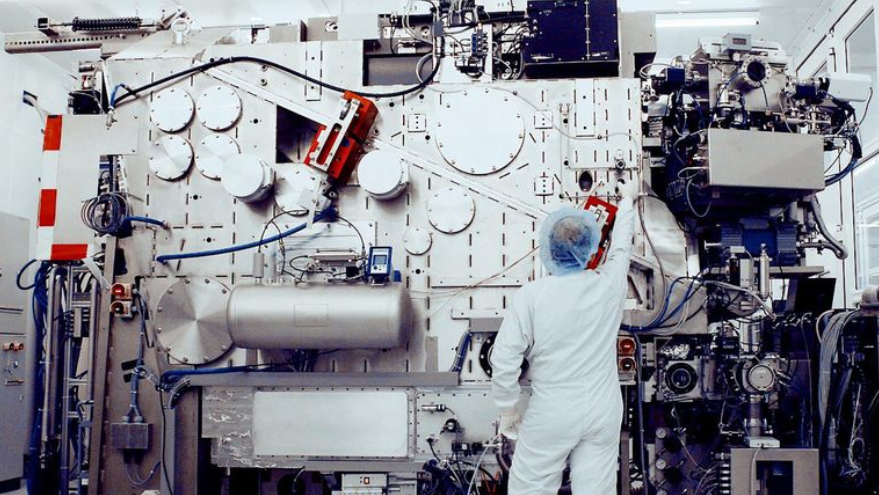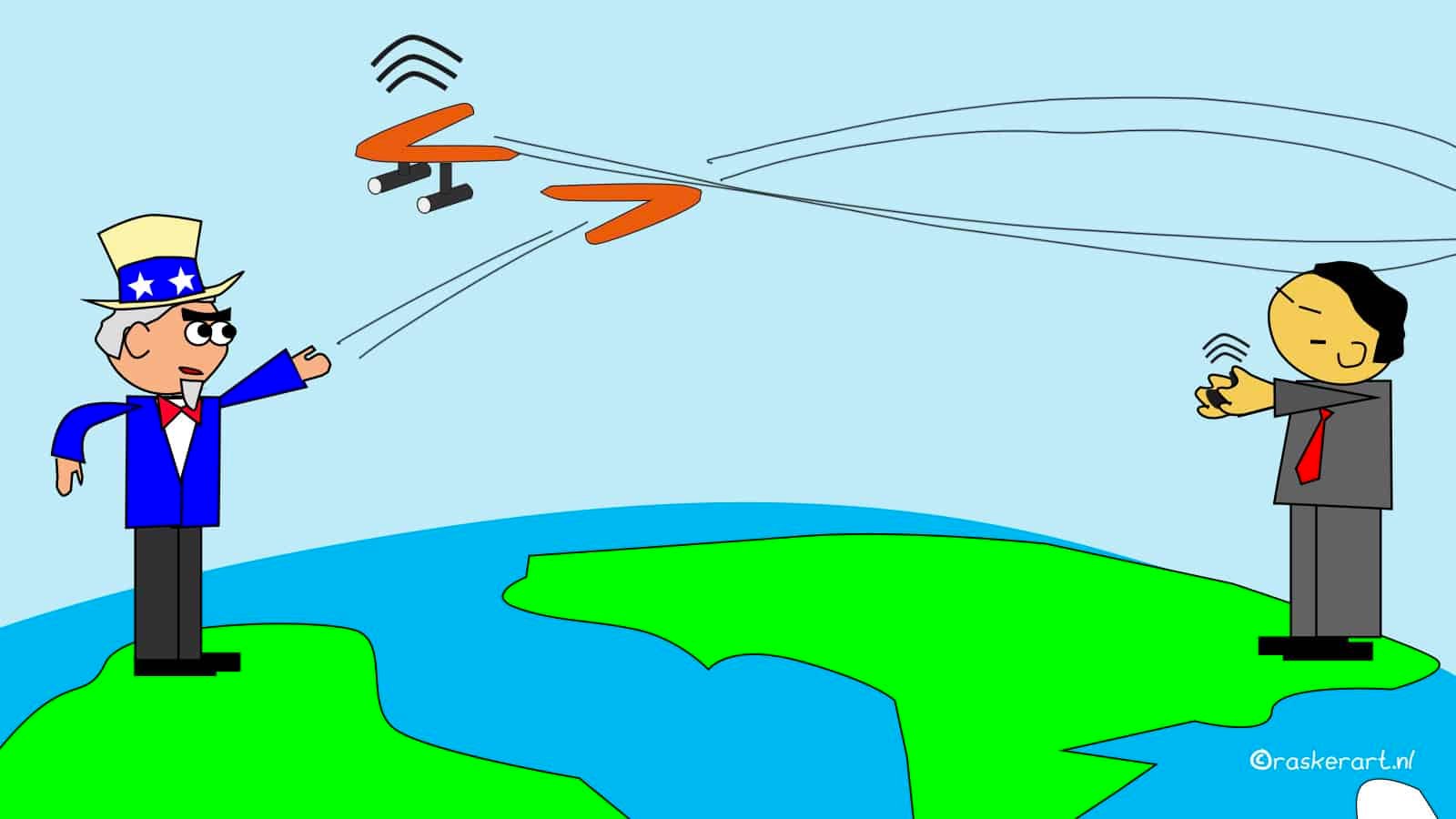
With the case of ASML as an all-too-visible example, we’ve written extensively on the negative effects of geopolitics on trade and the power of innovation. But there is more: with the West and the East veering onto divergent scientific paths, geopolitics is threatening global progress even more fundamentally.
- There is a growing scientific divergence between the West and East, especially the US and China, due to geopolitical tensions, impacting global scientific collaboration and progress.
- The shift in research dynamics is marked by China’s increased focus on domestic science and a decrease in US-China joint research.
- There’s an urgent need for renewed international scientific partnerships to address global challenges effectively.
American-Chinese scholarly relations are like a thermometer for worldwide academic power. In a stark shift, 2021 marked the first year since 1993 to see a decline in joint research between these two nations. As China fortifies its scientific bonds with developing countries through its Belt and Road Initiative, the risk of a bifurcated scientific landscape looms large.
This division comes at a time when unified efforts are critical to tackling the United Nations Sustainable Development Goals. The drop in US-China collaborations is not just a percentage game – it’s a significant volume loss, intensified by China’s pivot to prioritize domestic publishing over international partnerships. Not all is lost yet: recent diplomatic engagements and agreements on climate research hint at a resurgence of scientific cooperation. And a very needed one – for the sake of addressing global challenges effectively, these two scientific superpowers, preferably joined by Europe, must find a way to reconverge their research roadmaps.
The threads of global scientific collaboration
Science is often heralded as a universal language, transcending national borders and political divides. Yet, the recent trends in international scientific collaboration suggest a fraying of these interconnected threads. The decline in US-China research partnerships is not an isolated phenomenon but part of a broader geopolitical tapestry that has seen the United States’ most prolific scientific collaboration dwindle by 15% since 2020. This pattern indicates a global shift in research dynamics, one that carries profound implications for the progression of science as a whole.
China’s growing scientific self-sufficiency is reflected in its increased share of global publications and the rise of China-affiliated authors per paper. Conversely, the US has witnessed a dip in joint publications with China, underscoring a decoupling of scientific endeavors. Such a divergence threatens the volume of research output and the essence of scientific discovery, which thrives on the cross-pollination of ideas and expertise from diverse sources.
A landscape altered by geopolitics
Geopolitical tensions have cast long shadows over the landscape of international scientific collaboration. The United States has made moves to counter China’s military development and limit its access to technology, while the European Union grapples with the dual perception of China as both a partner and a systemic rival. These tensions seep into the fabric of scientific inquiry, affecting productivity and the formation of research alliances.

Despite these challenges, collaborations have persisted and even increased in some areas. The life sciences sector in the US, for example, has managed to maintain productive ties with China amidst rising tensions. On another level, the decline in the enrollment of Chinese students in the US coincides with a notable uptick in Europe, surpassing levels seen before the pandemic. Germany, in particular, has seen a surge in interest, largely due to its stringent admission standards, low-cost tuition, and a reputation for excellence in engineering and the sciences. This country has even surpassed Australia as a preferred destination for these students.
The ripple effects of reduced collaboration
While the splintering of global science is evident, the concrete impact on scientific progress requires a deeper examination. A decline in international collaboration correlates with shifts in research patterns, but the exact repercussions on innovation and scientific advancement are more difficult to quantify. However, international co-authorship is generally associated with higher citation rates, suggesting that cross-border research tends to yield more influential results.
Therefore, the reduction in global scientific collaboration could potentially lead to a measurable decline in the quality and impact of scientific research. The stakes are high, as the challenges we face, from climate change to pandemics, demand a concerted, global response that leverages the full spectrum of scientific expertise and resources.

Rekindling the spirit of cooperation
In light of these challenges, there are signs of a thaw in the frosty relations between China and the Western scientific community. The re-establishment of dialogue and agreements on climate research between California and China, as well as China’s outreach to Europe, signal a renewed recognition of the mutual benefits of collaboration. These efforts must not be seen as isolated events but as crucial steps toward mending the fragmented world of global science.
As we stand at a crossroads, the future of scientific progress hinges on our ability to reconcile national interests with the global common good. The twin paths of the United States and China in the realm of science must converge to meet the pressing needs of humanity. This convergence requires a deliberate and concerted effort to foster an environment where scientific collaboration is seen not as a luxury but as an imperative for advancement.
So, while the geopolitical landscape continues to evolve, the fundamental need for collaboration in science remains unchanged. It is through the collective efforts of scientists across the globe that we can hope to address the multifaceted crises that confront us. The rekindling of international scientific partnerships, particularly between the US and China, is essential for a future where scientific progress continues to be a driver of change.







